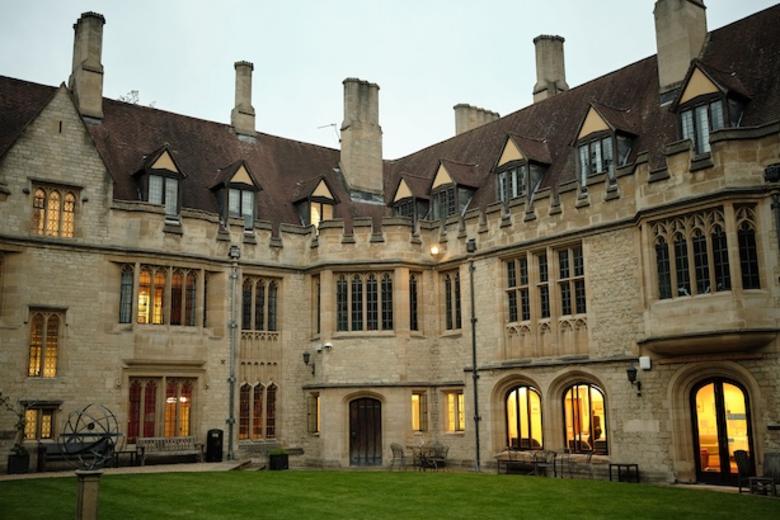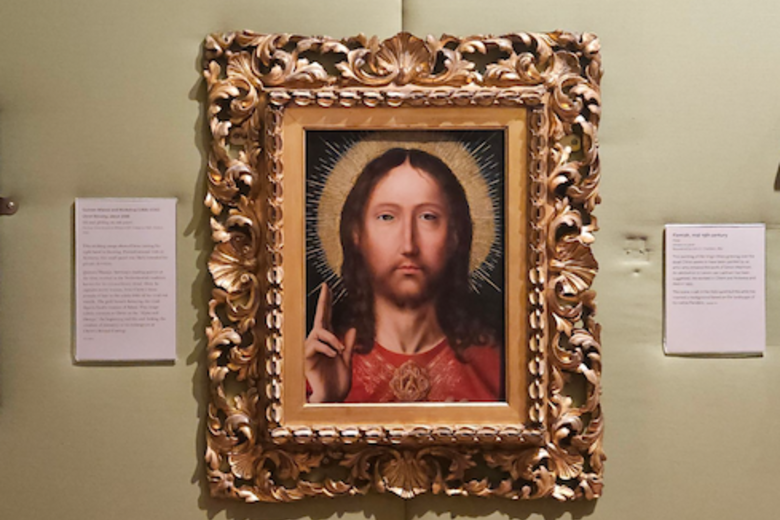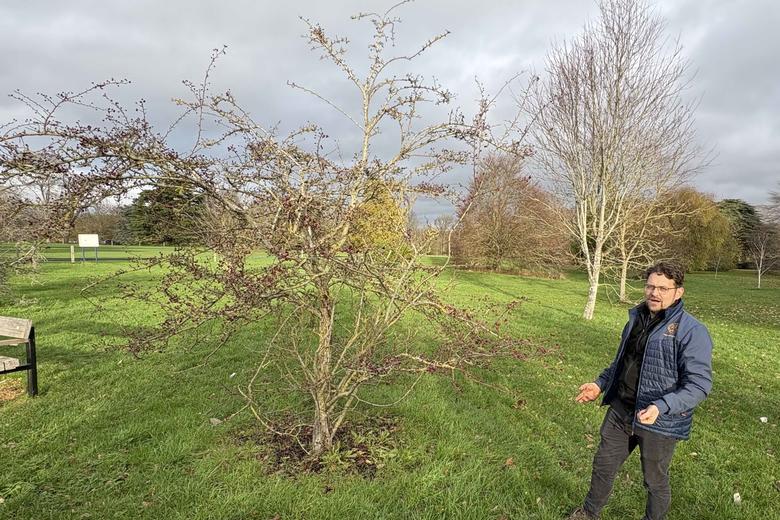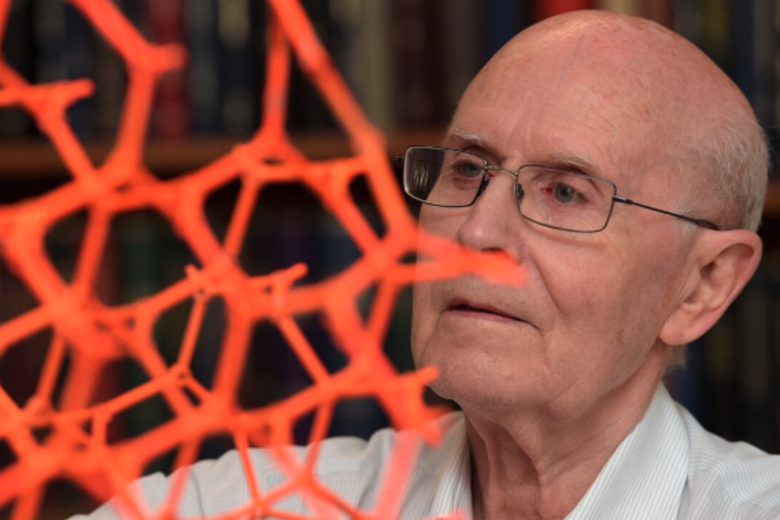PIO ABAD AT THE ASHMOLEAN

PIO ABAD AT THE ASHMOLEAN
Artist Pio Abad reflects on the toxic legacy of empire, via artefacts drawn from Oxford collections
Published: 8 February 2024
Author: Richard Lofthouse
Share this article
Free entry in Gallery 8, Ashmolean NOW was launched last summer and invites contemporary artists to respond with their own art to artefacts and artworks in Oxford collections.
Pio Abad (b. 1983) is exhibiting 10 February – 8 September 2024, giving alumni a generous timeframe in which to drop in and engage with Pio, and with the dark shadows cast by imperialism.
Abad’s work concerns colonial history and cultural loss and is deeply informed by world history, with a particular focus on the Philippines, where he was born and raised in an academic family who campaigned for justice in the 1970s and 80s during a time of conflict and corruption under the dictatorship of Ferdinand Marcos. Abad’s poetic, personal and political art offers a powerful critique of the way many museums collect, display and interpret the objects they hold and questions prevailing perceptions and perspectives.
Titled 'To Those Sitting in Darkness', this new exhibition encompasses drawing, sculpture and text. The title is a reference to American writer Mark Twain’s satire ‘To the Person Sitting in Darkness’ (1901), which strongly criticised imperialism.
The exhibition draws on ‘diasporic’ objects researched and chosen by Abad from a range of Oxford institutions’ collections and archives, including the Pitt Rivers Museum, St John’s College and Blenheim Palace.

A major piece is the large-sized drawing ‘I am singing a song that can only be born after losing a country’ (2023) (Right), based on one of the most important objects in the Ashmolean’s founding collection: ‘Powhatan’s mantle’ (c.1600–1628), a monumental deer-hide hanging with precise shell beadwork ornaments dates to the early 1600s and the first period of contact between Indigenous North American peoples and British colonists. The mantle is named for Wahunsenacawh (c.1550–1618), the chief of the Powhatan people, and also known as the father of Pocahontas.
Using high-resolution photographic scans of the object, Abad has drawn the underside of the mantle to scale. He describes the imaginary map-like work as ‘an atlas for many lands that can never be recovered,’ as a reminder of the erasure of the Native American people that followed the arrival of the British in Wahunsenacawh’s land. Abad links this to the Indian Wars of the 1870s and then to the Philippine-American War, which began in the late 1890s.
Abad was also inspired by a drawing uncovered in the collections at St John’s College of Prince Giolo, a tattooed Filipino who was enslaved in 1687 by British pirate William Dampier, brought to Oxford in the 1680s and exhibited as an exotic curiosity in pubs and other venues before dying of small pox.
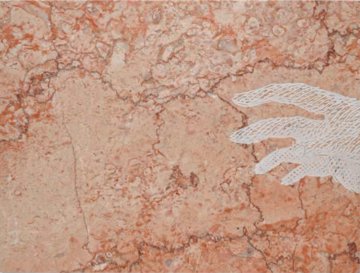
In ‘Giolo’s Lament,’ (Left) Abad re-renders Giolo’s tattooed hand through eleven engravings on marble arranged on the gallery’s walls, a moving reminder of his fragile humanity.
Dr Lena Fritsch, Curator of Modern and Contemporary Art at the Ashmolean Museum, said: 'Where many of us who work in or visit museums think of them as spaces of preservation, communication and inclusion, Pio Abad makes the case for them as places of loss, silence and exclusion.'
In a wonderful essay in a catalogue that can be bought by visitors, Pio says, ‘This exhibition, in its essence, is an assertion of visibility. An act of illumination that puts unexamined histories on display and provides a different kind of legibility to objects that have been confined to the
margins of telling. As I visited museum vaults and library archives, sifting through the cracks of grand narratives and taxonomical erasures, the personal kept on asserting itself. I found myself creating my own museum as memoir.
He writes eloquently about what her refers to as ‘the
many afterlives of empire’.
Also in the catalogue is another cracking essay by Vera Mey, titled, ‘Hiding in Plain Sight, Pio Abad Bringing Light to Dark Histories.’
The Ashmolean is delighted to announce that Pio Abad (b.1983) has been shortlisted for the 2024 Turner Prize
Exhibition: Ashmolean NOW: Pio Abad – To Those Sitting in Darkness
Dates: 10 February – 8 September 2024
Venue: Gallery 8, Lower Ground Floor, Ashmolean Museum, Oxford, UK
Picture credits: Pio Abad




